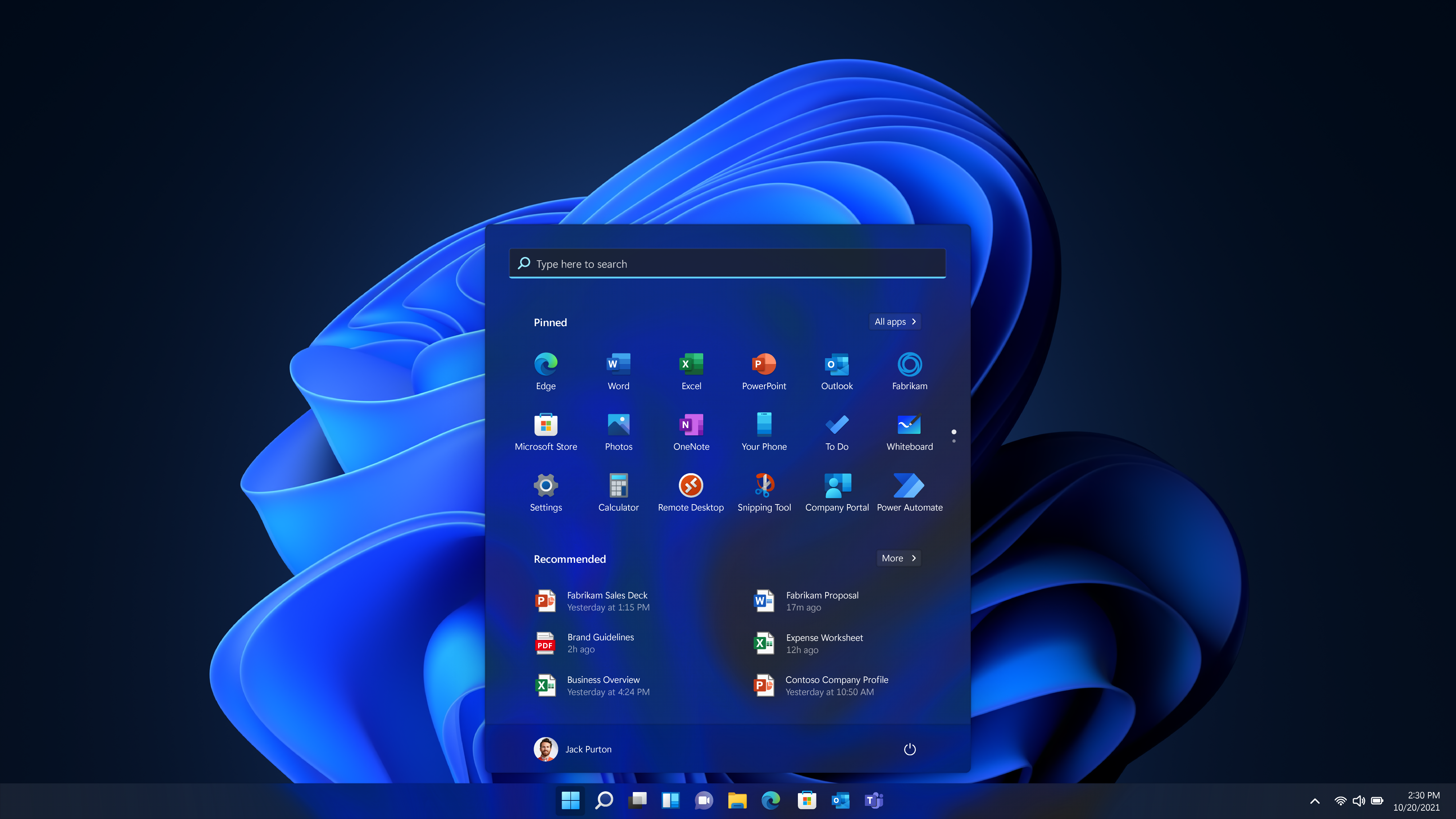Microsoft Makes Multitasking More Convenient with Windows 11
With the advent of Windows 11, Microsoft is set to revolutionize the way users utilize multiple high refresh rate monitors. The tech giant has recently begun testing a Windows 11 update that automatically adjusts the refresh rates on multiple monitors based on the content being displayed. This exciting development not only enhances the overall user experience but also has the potential to optimize power usage, leading to reduced GPU fan activity and improved power efficiency.
Improved Refresh Rate Logic for Enhanced Multitasking
In a recent Windows Insider blog post spotted by Neowin, Microsoft unveiled the new refresh rate logic feature. This update allows different refresh rates on different monitors, based on the content being shown on each screen. The primary purpose of this enhancement is to enhance multitasking, particularly in scenarios where users engage in refresh rate-dependent activities simultaneously, such as gaming and video playback.
Power Efficiency and Maintaining Zero RPM Mode
One significant advantage of this multi-monitor refresh rate improvement is its potential to maintain the zero RPM mode on certain Nvidia graphics cards. When users operate multiple monitors with high refresh rates, the power draw of the GPU tends to increase. Nvidia’s RTX 30- and 40-series Founders Edition cards offer a zero RPM mode, keeping the fans off even during video playback on a single monitor. However, when a second high refresh rate display is added, the zero RPM mode often gets disabled, resulting in continuous fan spinning on the GPU.
With Microsoft’s latest addition, these Nvidia GPUs are expected to retain their zero RPM mode. The refresh rates on different monitors will automatically adjust based on the content being utilized or displayed, ensuring optimal performance without compromising power efficiency. This means the fans will only spin when necessary, leading to a quieter and more energy-efficient experience.
Dynamic Refresh Rate (DRR) Enhancements for Laptops
The benefits of Windows 11’s refresh rate improvements extend beyond desktop setups. The latest Canary Channel builds of Windows 11 also introduce Dynamic Refresh Rate (DRR) enhancements for laptops. When the battery saver mode is enabled, Windows 11 will now lower the refresh rate of a laptop’s screen until the battery saver mode is disabled. This feature can significantly extend battery life, making Windows 11 even more attractive for users on-the-go.
Availability and Outlook
As of now, Microsoft is actively testing these refresh rate improvements in Windows 11’s test builds. The enhancements are expected to be made available to all Windows 11 users in the coming months through regular updates. The introduction of such cutting-edge upgrades showcases Microsoft’s commitment to optimizing user experiences and empowering productivity across various computing setups.
In conclusion
Windows 11’s advancements in multi-monitor refresh rate management promise to elevate the visual and functional aspects of using multiple displays. The automatic adjustment of refresh rates based on content not only streamlines multitasking but also contributes to more energy-efficient and quieter computing experiences. With Microsoft’s continuous efforts to refine and enhance its operating systems, users can look forward to a more seamless and productive computing environment.




